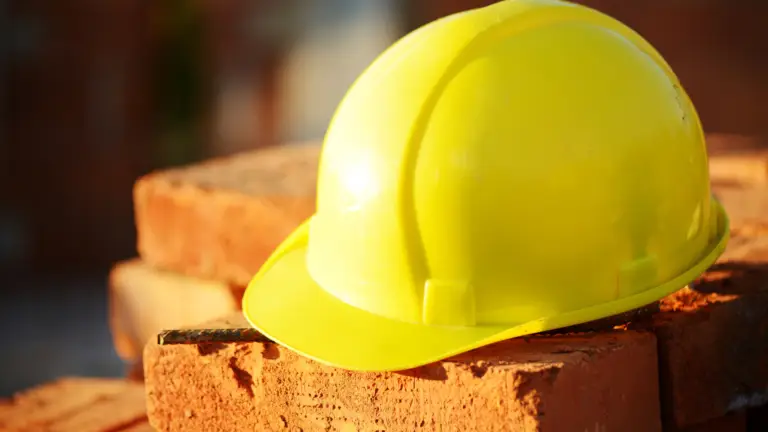The construction industry in the United States has witnessed remarkable advancements in the past decade. From innovative materials and technologies to sustainable practices, these improvements have revolutionized the way we build. In this blog, we will explore some of the key developments that have shaped the construction industry in the United States over the last decade, making it more efficient, sustainable, and technologically advanced.
To view AH Construction’s projects click HERE
Prefabrication and Modular Construction:
Prefabrication and modular construction methods have gained popularity in recent years due to their efficiency and cost-effectiveness. Off-site fabrication allows for better quality control, reduced construction time, and minimized waste generation. Modular construction, in particular, offers the flexibility of constructing entire sections of a building off-site and then assembling them on-site, resulting in accelerated project timelines and increased productivity.
Building Information Modeling (BIM):
Building Information Modeling, or BIM, has transformed the construction industry by enabling a more integrated and collaborative approach to building design and construction. BIM utilizes advanced software and 3D modeling to create a digital representation of a building, facilitating better communication, coordination, and visualization among project stakeholders. This technology has proven instrumental in reducing conflicts, improving accuracy, and enhancing project efficiency.
Advancements in Construction Materials:
The last decade has witnessed significant advancements in construction materials, resulting in stronger, more durable, and sustainable structures. Innovations such as high-performance concrete, advanced insulation materials, and energy-efficient windows have improved the energy efficiency and longevity of buildings. Additionally, the development of new materials, such as cross-laminated timber (CLT) and carbon fiber, has expanded the possibilities for sustainable and efficient construction.
Integration of Smart Technologies:
The rise of smart technologies has had a profound impact on the construction industry. From smart sensors and building automation systems to Internet of Things (IoT) integration, these technologies have enhanced building operations, maintenance, and occupant experience. Smart buildings can monitor energy usage, optimize systems for efficiency, and provide real-time data for better decision-making, ultimately improving overall building performance.
The construction industry in the United States has experienced significant advancements in the last decade, revolutionizing the way we design, build, and operate buildings. From sustainable practices and prefabrication to BIM and smart technologies, these improvements have elevated the efficiency, sustainability, and functionality of structures. Embracing these advancements will continue to shape the future of the construction industry, leading to even more innovative and sustainable buildings in the years to come.
For more information about AH construction click HERE




